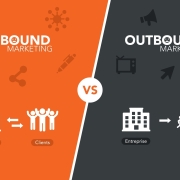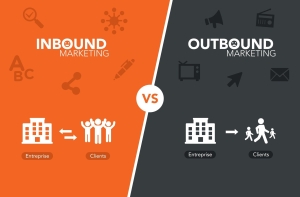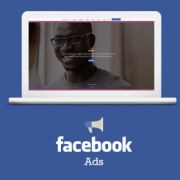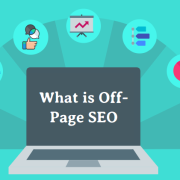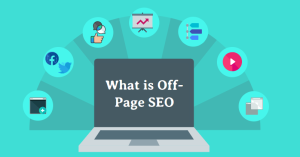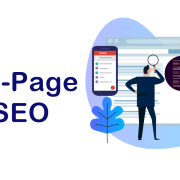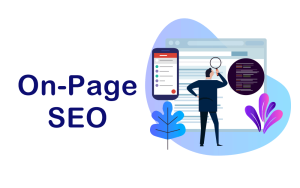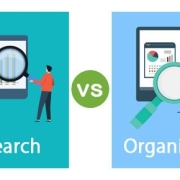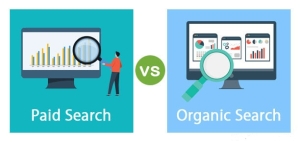Inbound and Outbound Marketing: Which Approach Suits You?
Inbound and Outbound Marketing:
Let us understand. In the world of marketing, two primary approaches stand out: inbound and outbound marketing. Each has its own strategies and benefits. Let’s dive into the basics and help you decide which fits your goals.
Inbound Marketing: Drawing Audiences In
Firstly, inbound marketing focuses on attracting potential customers through valuable content. Blogs, social media, and SEO are key components. This approach aims to solve problems and provide information that interests your audience.
Content-Centric Approach:
Next, inbound marketing relies on informative content. Blogs, videos, and social media posts engage audiences and establish your brand as an industry authority.
Engagement and Relationship Building:
Moreover, inbound marketing fosters engagement. By addressing user queries and providing valuable solutions, you build trust and long-lasting relationships.
Outbound Marketing: Initiating Outreach
Conversely, outbound marketing involves reaching out to potential customers. This includes traditional methods like cold calling, email campaigns, personalized emails and advertisements.
Direct and Targeted:
Furthermore, outbound marketing is direct and targeted. You actively send your message to potential customers through various channels.
Brand Visibility:
Equally important, outbound marketing enhances brand visibility. It gets your message out there to a wider audience, even if they haven’t discovered your brand before.
Finding the Right Fit:
Lastly, determining which approach to use depends on your audience and goals. Inbound marketing suits businesses aiming to build a loyal customer base through engagement. Outbound marketing is effective for immediate reach and spreading brand awareness.
Final Thoughts:
In conclusion, both inbound and outbound marketing have their merits. Inbound marketing nurtures relationships and establishes credibility, while outbound marketing generates quick visibility.
Consider your target audience, resources, and goals. Because, combining both strategies can also yield powerful results. Furthermore, understanding these approaches, you can make informed decisions to create a marketing mix that best suits your business.

